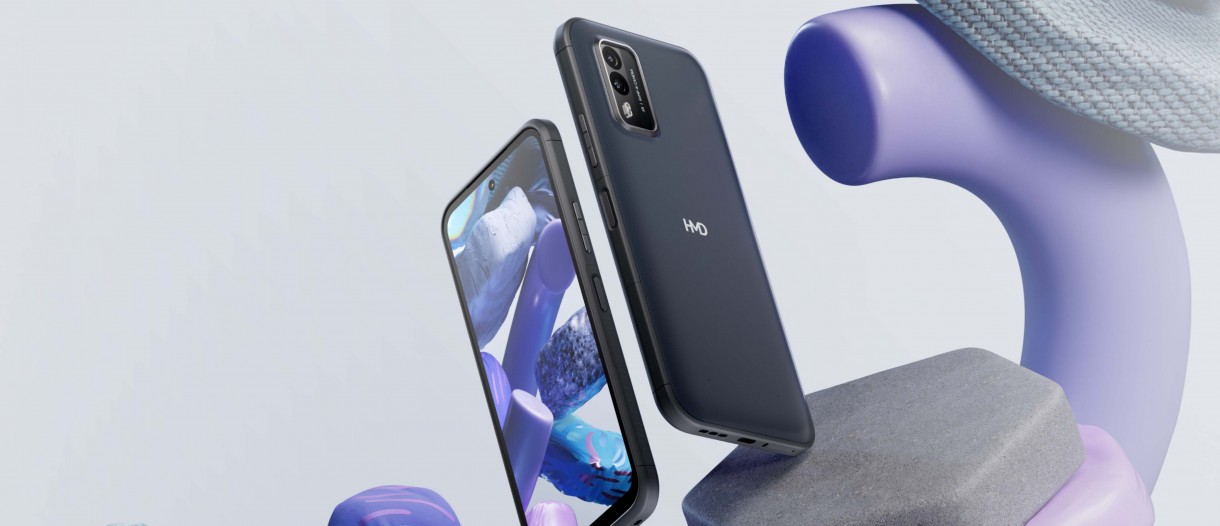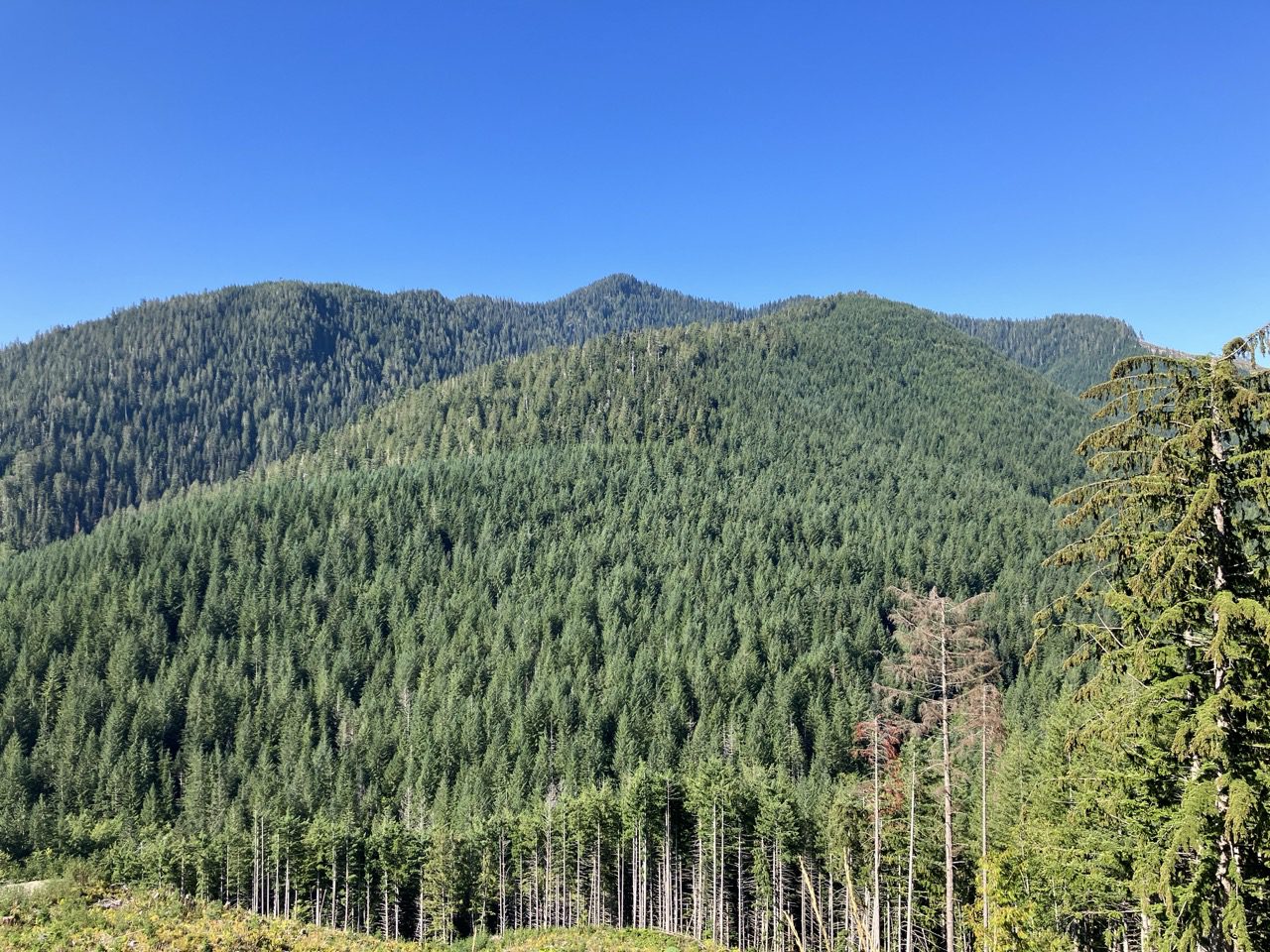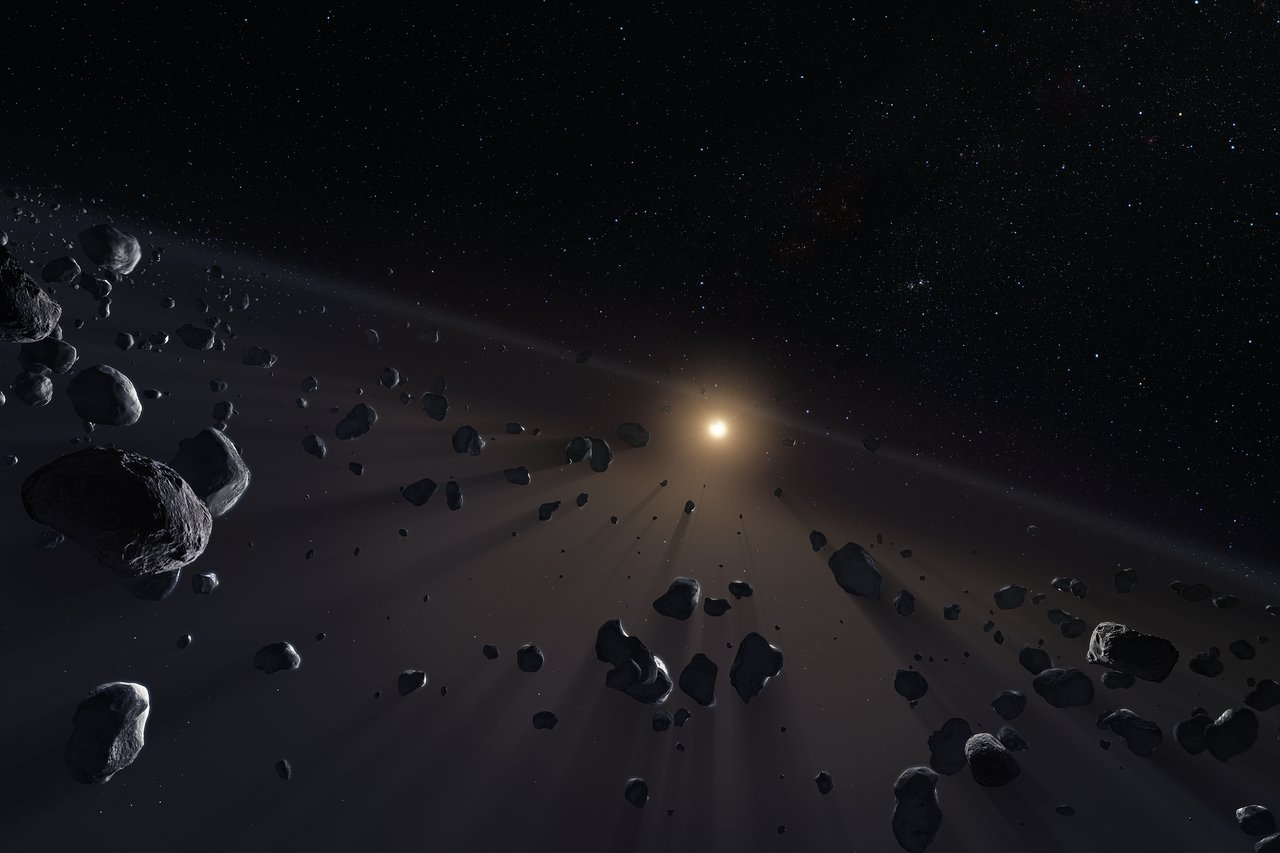The discovery of the solar system's outer icy region could affect our view of the entire solar system.
NASA's New Horizons space probe has discovered something surprising: The Kuiper Belt may be larger than we thought, which also means that our outer solar system may be larger and more complex overall than previously assumed. As New Horizons traveled through this distant region, it detected an unexpectedly large amount of dust particles beyond Neptune and Pluto, calling into question previous assumptions about the spatial extent of the Kuiper Belt. Writes Science Alert.
the Kuiper belt A broad region of icy and rocky bodies in the outer part of our solar system, starting from the orbit of Neptune and about 30 astronomical units (CsE) from the Sun. (One astronomical unit is roughly equal to the average distance between Earth and the Sun, which is about 149.6 million kilometers.) This region is home to many small bodies, including the familiar dwarf planet Pluto and other icy bodies that were in an early stage of formation. From the solar system they come from the section The Kuiper Belt is therefore an important research area, because it can help us better understand the origin and evolution of our solar system, as well as the processes that occurred in the early solar system.
Until now, it was thought that the Kuiper Belt begins to dwindle at a distance of about 50 degrees from the Sun, but New Horizons' discoveries, especially the results of Venetia Burney's student dust counter, show a surprising dust density of between 45 and 55 degrees. CsE indicates that there are more objects than expected – the increased dust density can be attributed to the impact of larger objects in the belt.
By the way, the Venetia Burney Student Dust Counter (VBSDC) is a “dust counting device” placed on board the New Horizons spacecraft. This device is specifically designed to measure the amount of dust floating in space in the outer parts of the solar system, including the Kuiper Belt. The special feature of VBSDC is that It was designed and built by students at the University of Colorado Boulder.
Launched by NASA to explore the edges of the solar system, New Horizons has released valuable data since its historic flyby of Pluto in 2015 and its encounter with the Arrokoth object in the Kuiper Belt in 2019. These observations are key to directly measuring interplanetary dust in regions beyond Neptune and Pluto, providing New insights into the dynamics and extent of the Kuiper Belt.
Recent telescope observations have supported the idea that the main inner region of the Kuiper Belt may extend up to 80° from the Sun, consistent with New Horizons' detection of increasing levels of dust. All of this suggests that the belt may not only be larger, but also contain denser glacial rocks than previously thought.
According to the latest data, New Horizons has traveled more than 58 CsE from the Sun, exceeding initial mission expectations, and continuing its journey toward the outer reaches of the solar system. Scientists still hope that the spacecraft will reach or even exceed 100 CsE of the Sun. As astronomer Alan Stern, New Horizons' principal investigator from the Southwest Research Institute, said regarding the current findings:
“New scientific findings from New Horizons may be the first time a spacecraft has discovered a new population of celestial bodies in our solar system. I can't wait to see how far the increasing dust levels in the Kuiper Belt will go.”
(Image: Artistic rendering of the Kuiper Belt, Source: ESO/M. Kornmesser)

















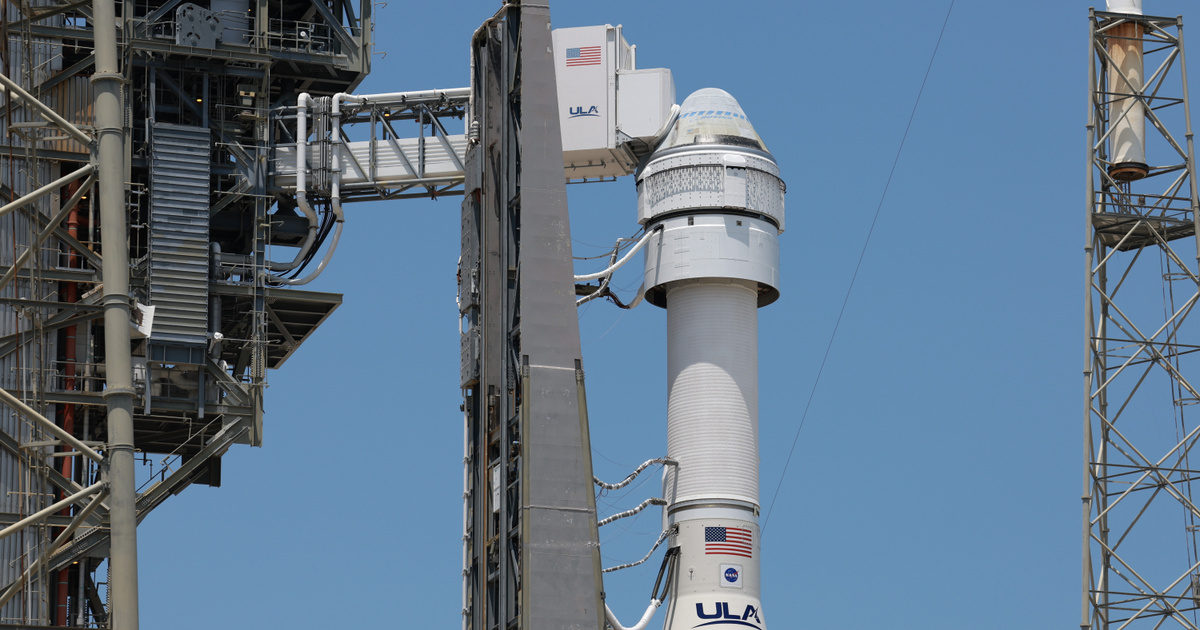

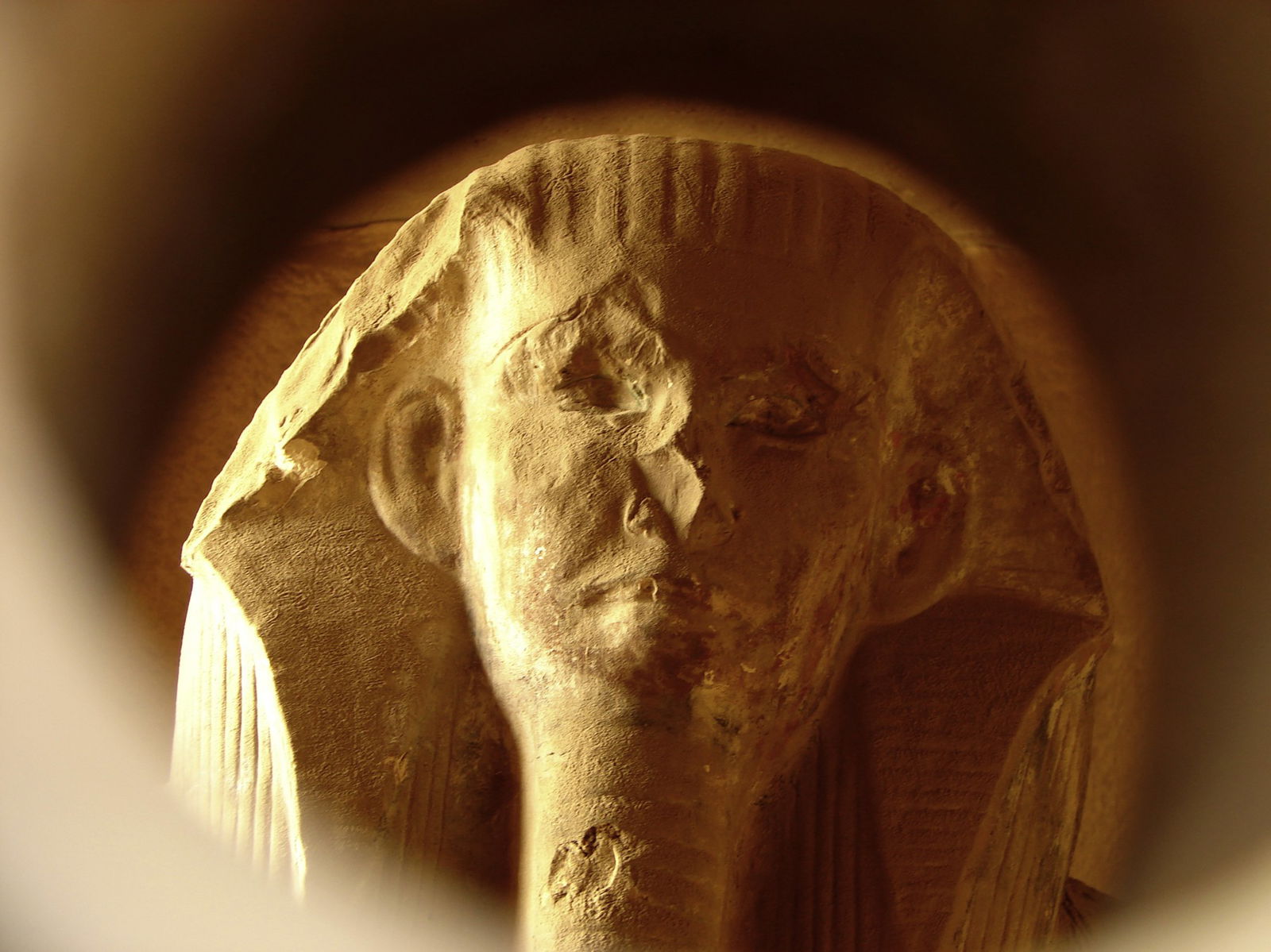


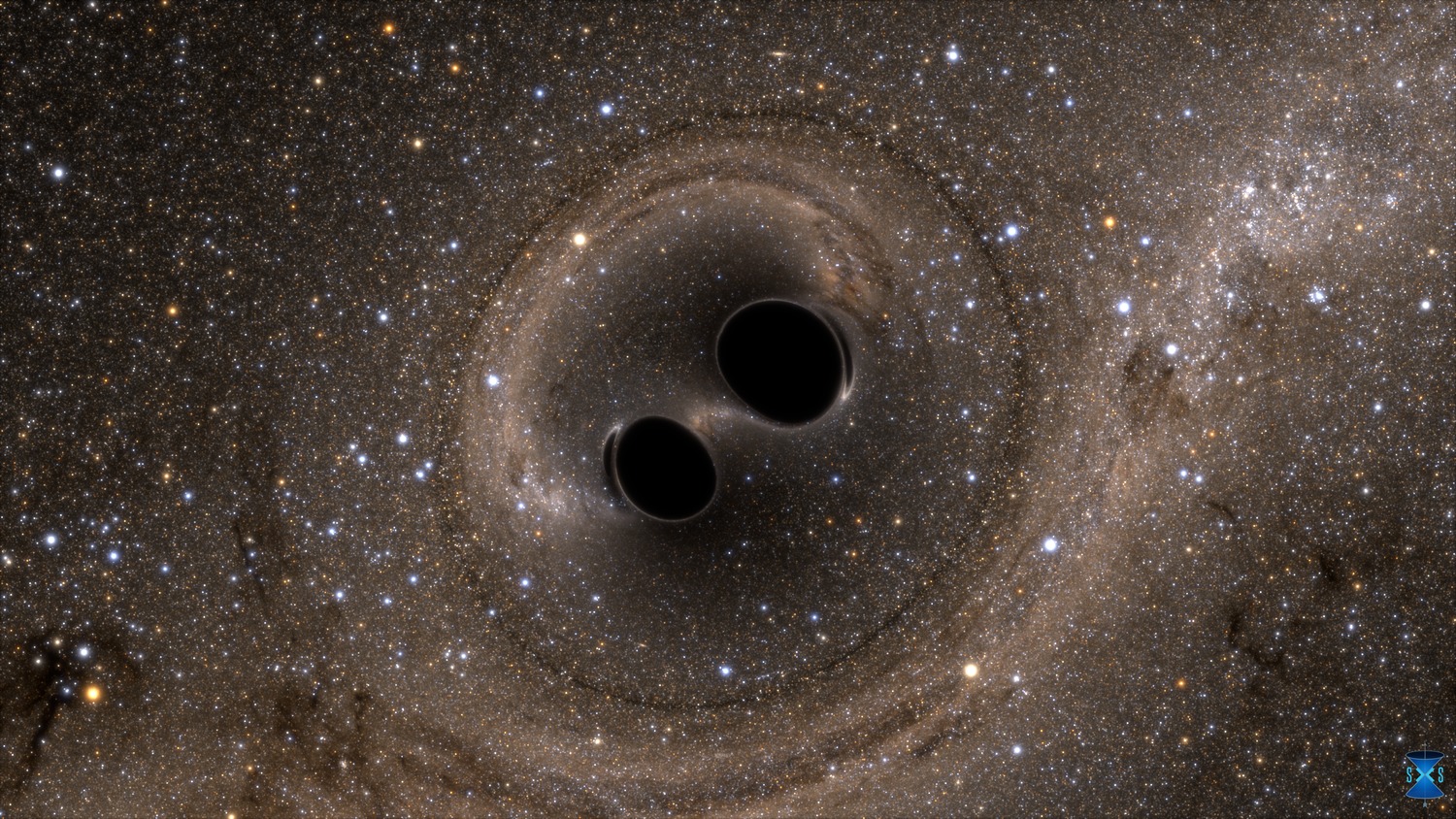
![The Italian Souls clone has been delayed, but is coming to multiple consoles [VIDEO]](https://thegeek.hu/wp-content/uploads/sites/2/2024/05/thegeek-Enotria-The-Last-Song-1.jpg)
